English Electric P.1A
This article is part of a series:
This is an aircraft to love. Big, brutal and simple. If you think you recognize its basic shape you are quite right. This is the forefather of the EE Lightning. A few changes were made on the production machines, more than what is visible but the obvious bits would be the intake design and the cockpit/dorsal spine. Except for that the basic lines are there. This particular aircraft is the second P.1A and was used for weapons and structural tests. It first flew on 18 July 1955 and reached a maximum speed of Mach 1.53. On 11 August 1954 the P.1A was the first British designed aircraft to break the sound barrier in level flight. Besides two P.1A another three P.1B were also built.
You get very close to this magnificent machine but not really all the way around it. The last two photos are of the break parachute pack and the opening in the rear bottom section for it.
This particular machine can be found at MOSI (Museum of Science and Industry) in Manchester, England.
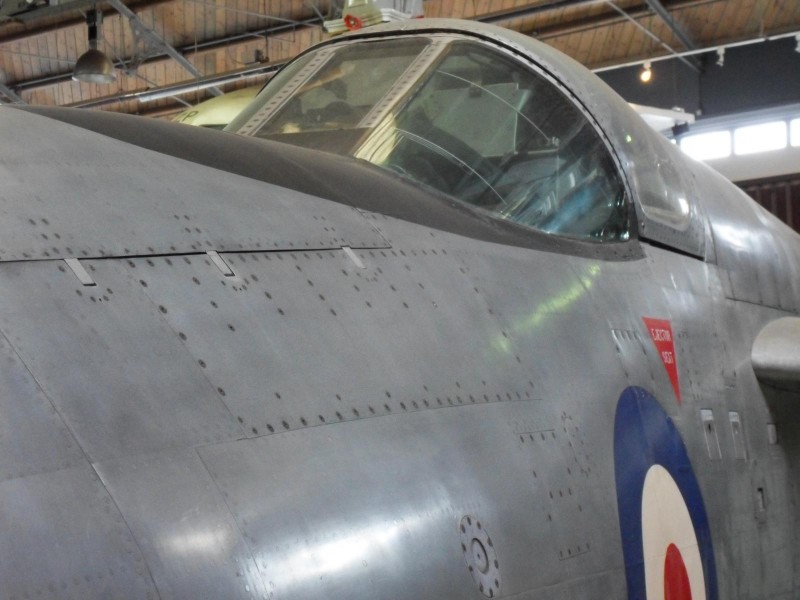
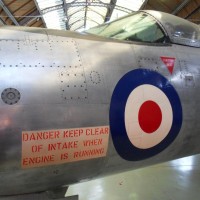
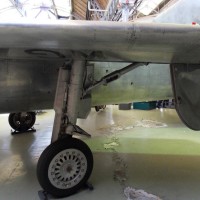
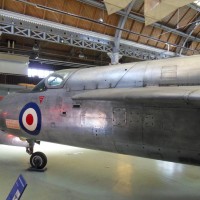
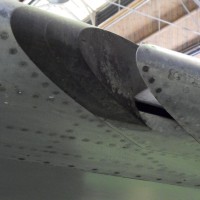


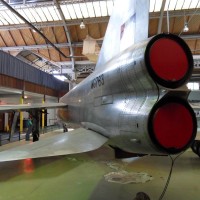

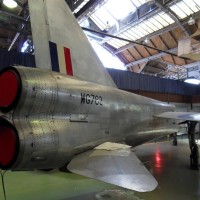
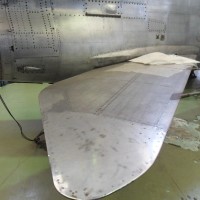
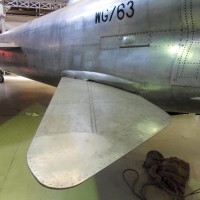
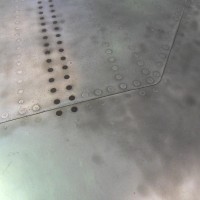
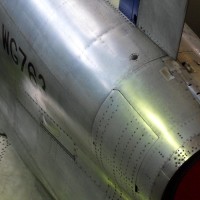
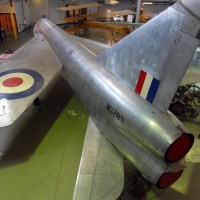

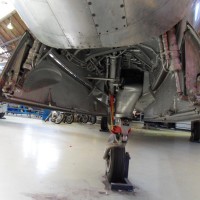

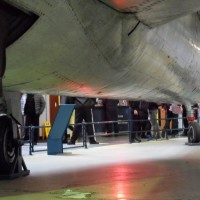
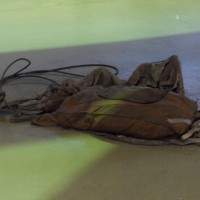



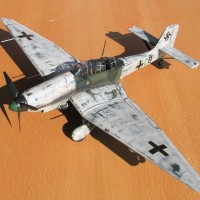
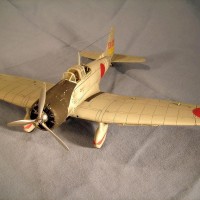
Amazing, Stellan. A wonderful contribution.
Thanks, thanks for your comment.
Marvelous photos, Stellan...thanks for sharing 'em.
My pleasure, Craig!
Very nice! great to see it.
Glad you like it.
Nice detail shots! I would like to get wheels like the mains here as F.1s sported them at introduction with 74sq.
Hope the photos help in some way, Josh.
I was in Manchester last Saturday and took a quick look round the Aircraft hall as I was passing the MOSI as it's known, I love this aircraft , it's huge and brutal looking. they have a Shackleton as well.
These photos were taken this Tuesday. Still in the area and will go back to Manchester in a week or two. Shak´s comming up as I go through my photos.
Unique and beautiful aircraft. What an Odd intake. These are great shots and I feel are a great reference for anyone trying to create a realistic NMF on model. Good example of tonal variations as well as actual look and color of what a real natural aluminium aircraft looks up close. I think to many model makers strive so hard to create these really glossy chrome looks when trying to replicate a metal aircraft but in real life they are not always chrome like. More like a metallic grey, dull aluminium look. Not always, but more then not.
Yes, the intake is sort of egg shaped, not the round razor sharp we are used to on the Lightning. The intake is blocked by a black piece of board or so, it is not the actual inside we see. I agree the surface is highly interesting.
Great to see the beginning of the Lightning line. I remember when it came put, with the photos in Flight and RAF Flying Review. I wasn't sure what to make of it. I had the same reaction to the Phantom. What is this?
Many times prototypes are not kept for the future or crash while being tested that is why this is so special. One thing that strikes me is the thickness of the wing, not very visible here but it looks quite crude in its design.
What an interesting machine, Stellan! The EE Lightning is a beast of a plane. It looks NOTHING like any other aircraft.
Great photos, Amigo!
You are absolutely right. Looks a bit like a brick standing on its side. My pleasure, Jeff!